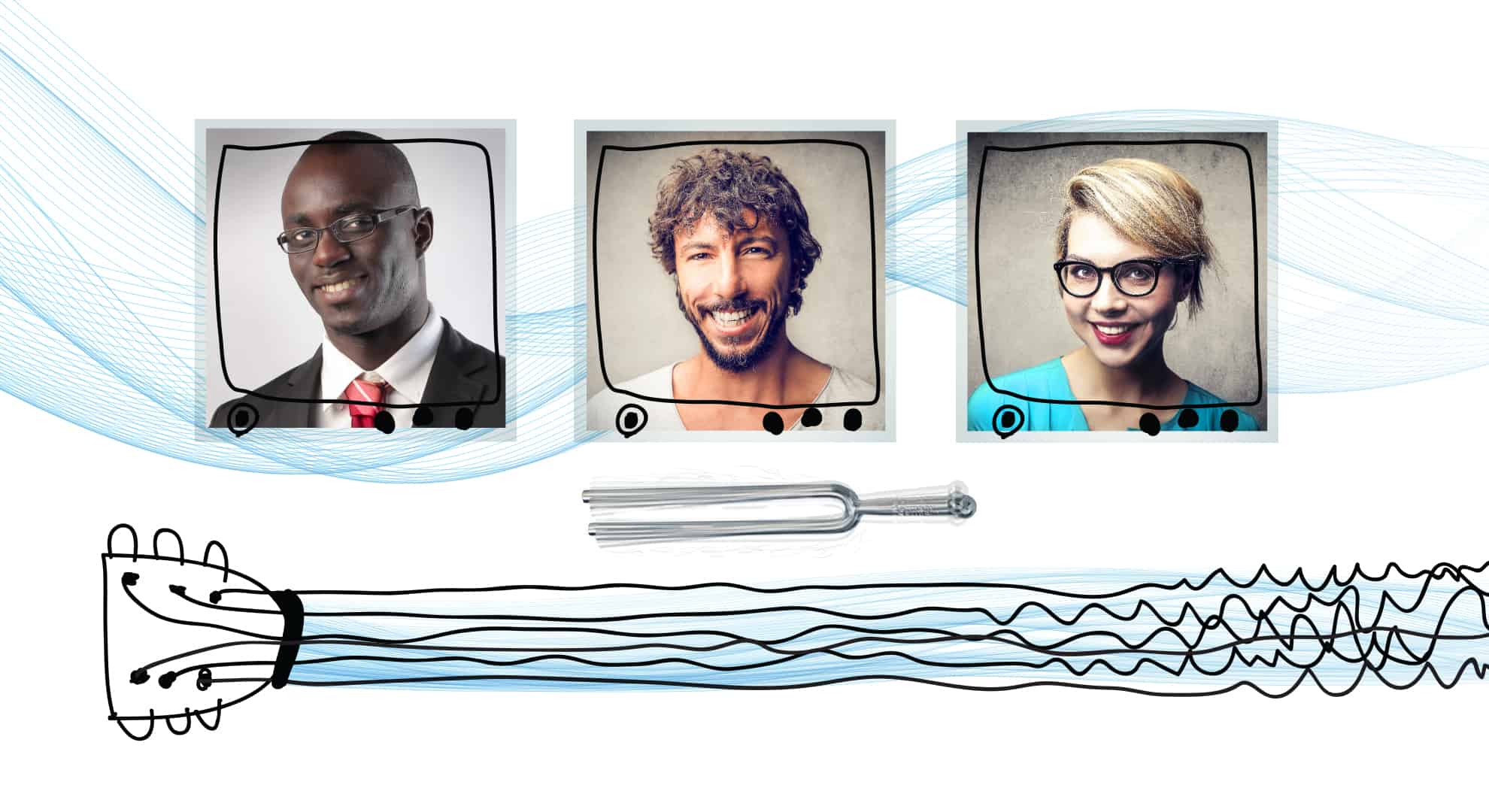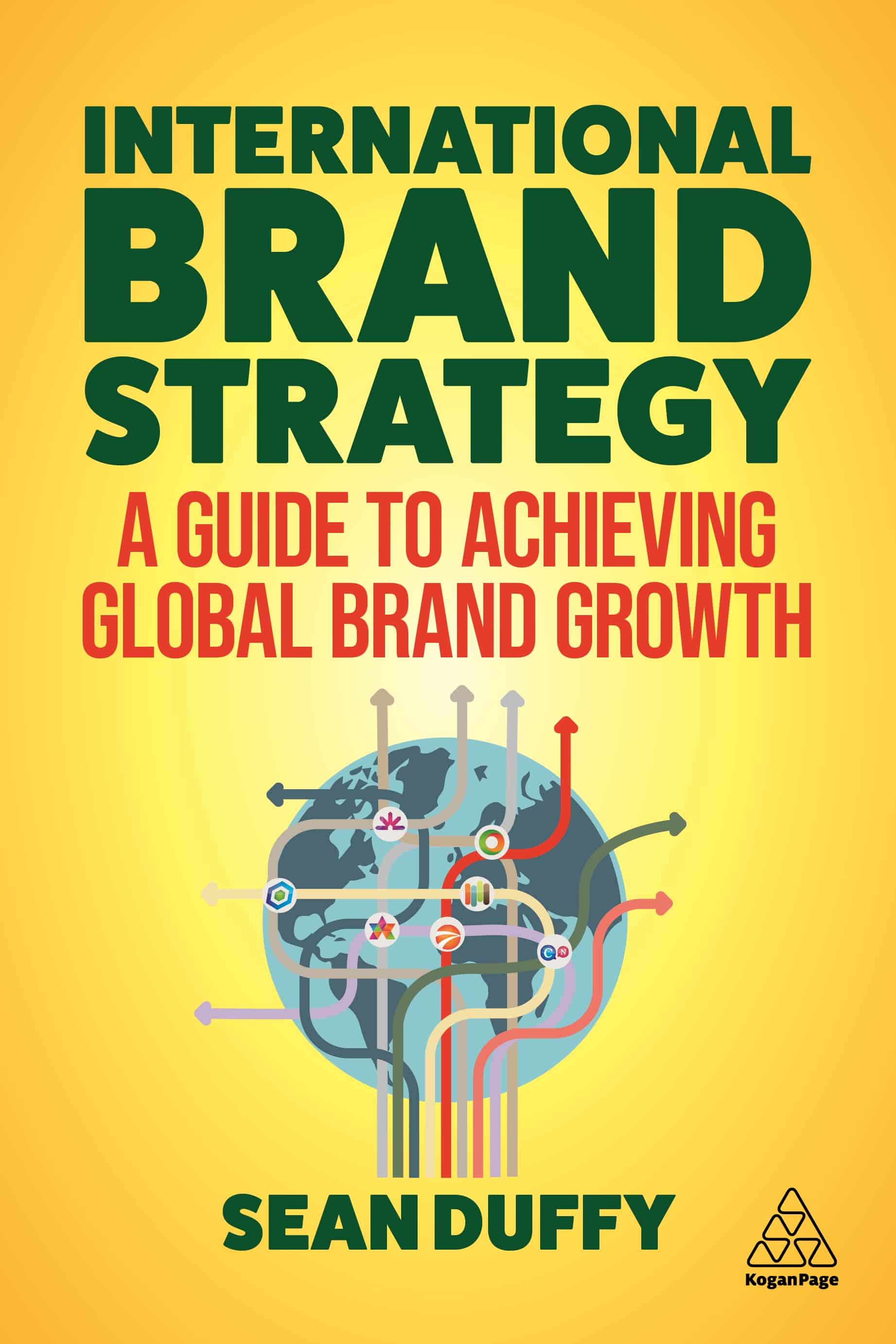Neuromarketing in Market Research: Confessions of a Neuromarketer Part 2
The added value that neuromarketing brings to market research is that it starts where traditional research methods end – in the consumer b...
6 Jan 2025 7890 ViewsAs I mentioned in an earlier post on neuromarketing, our decisions are mainly driven by neural processes that take place at the non-conscious level and can’t be influenced by our will. Kahneman (1) describes the mind as a cohabitation of two cognitive processes, which he labels System 1 and System 2.
System 1 represents the non-conscious mind, which is automatic, reacts quickly, and relies on well-known patterns. System 2 symbolizes conscious cognitive processes that take longer to operate and require direct attention. System 1 operates with stereotypes and is highly influenced by emotions. It is in charge of automatic actions that don’t require conscious processing every time they are performed (like writing or driving). System 2, on the other hand, is indispensable to the learning process when acquiring new skills that require a lot of attention and focus. It operates with concepts and abstract representations, and it is responsible for the “rational” assessment of our decisions.
Neuromarketing in market research – how does it work?
The added value that neuromarketing and companies that use neuromarketing bring to market research is that it starts where traditional research methods end – in the consumer brain. By analyzing people’s brain reactions to specific stimuli, researchers are able to assess the impact of each element on their brand preference or purchasing decision. The most common tested materials are: TV commercials, packaging, printed ads, website pages, communication messages, campaign concepts and claims.
Research done by neuromarketing agencies can also be used in product development for testing different product features (shape, texture, feel, smell, taste, etc.).

Because neuromarketing in market research proves to be a powerful tool, there is a false perception that it can be applied to everything and that it will resolve all business issues. Not true. Others expect neuromarketing to replace the creative process. Although neuromarketing in market research does not develop commercials, it can enhance the creative process or improve the product. It does so by providing accurate insights that could/can change perceptions.
On our blog, you can also read about what is neuromarketing.
Examples of companies using neuromarketing – benefits & insights
With neuromarketing, companies are able to increase their media and advertising return (ROI) by fine-tuning their messages and communicating only those elements that have the highest impact. Therefore, they won’t be saying that “half of the money spent on advertising is wasted,” because companies that use neuromarketing are able to salvage that wasted half.
Given the advent of new research areas, which have become increasingly narrower, but also more valuable in terms of the delivered insights, neuromarketing agencies are reinventing themselves. They reemerge as an area of convergence between evolutionary biology, neuroscience, experimental psychology, genetics, economy, neuro-anthropology, and marketing, and they tend to rely more and more on biological sciences (via biometric measurements).
“The brain comes from somewhere and one must understand the human and genetic evolution to understand the brain. You cannot make innovative marketing without understanding biology. You have to understand the consumers, the way their brain work and their genetic baggage before you expose them to the advertising content.” (Daniel Yarosh, CTA Estee Lauder).
Click and find out more about international marketing challenges.
Market research in neuromarketing – the takeaway
Want to learn more? In my next post on Brand Rants, I’ll explore specific examples of how mid-sized companies can use neuromarketing in market research to reduce the risk and increase the probability of success with their international marketing ventures.
This is a guest post by Dr. Ana Iorga, the founder of Buyer Brain, the first neuromarketing agency in the TAAN Worldwide network. Ana has a medical degree and is currently a PhD Candidate at the Bucharest University School of Economics. She is an active member of the Neuromarketing Science & Business Association and a frequent speaker on the topic. Dr. Iorga is based in Bucharest, Romania.
Reference
1) Kahneman, D. (2011) Thinking, fast and slow, Farrar, Straus and Giroux.
Like this post? You'll find more marketing insights in my new book: International Brand Strategy: A guide to achieving global brand growth, now available from booksellers globally. Order your copy here.






One replay